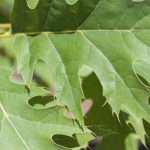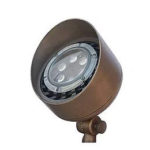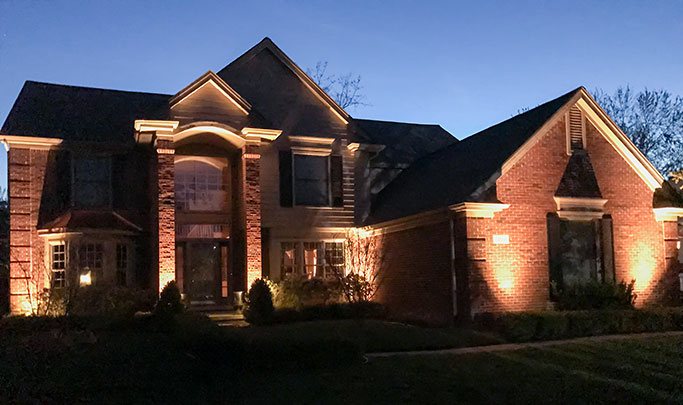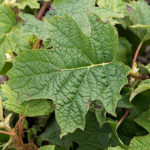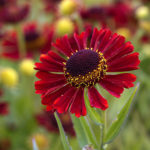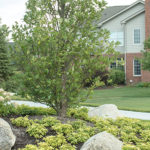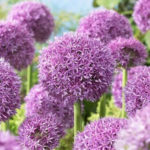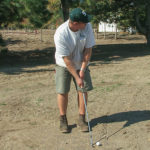Get all your material in one shot

Not so many years ago, if you wanted to supply your project with plants, pavers, wall materials and bulk goods, it required trips to several locations to complete a job. Times have changed! Our current inventory includes six different types of mulch, slag, 2 NS sand, 21AA limestone, 6A Limestone for permeable paver applications, and pea stone.
We also carry prime compost and screened topsoil that we store in dedicated, covered bins. Why do we do this? We can keep nearly 160 cubic yards of soil dry so it is ready to go when you need it. Combine that with our extensive plant material, paver, and wall block inventory, we can supply your entire project.

Bulk materials can be picked up or delivered via Christensen’s Hardscape Center for a small portion of what it might cost to pick it up with your truck. If you need large quantities, we will can deliver “Direct” train loads to your yard or Job site.
It’s 92 degrees in Plymouth as I’m writing this. It’s hard to believe that there are only a few months to go in 2017. It will get cold, the weather will turn, and the days will get shorter. Being able to source all of your materials at one location just might save the time you need to be able to wrap up those jobs at the end of the season.
Some of you may know me, but for many of you, I am a new face. I moved to Michigan after College almost 30 years ago. I have worked in the Green Industry as a contractor for most of those years. So, although this is the first time for me to stand on this side of the counter, I have probably been involved with a project similar to the one you’re working on. If you have any questions or have a difficult site, please ask, I am ready to help.

